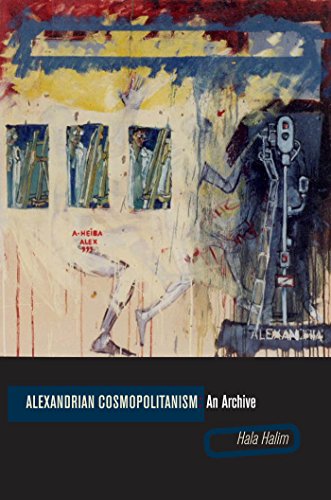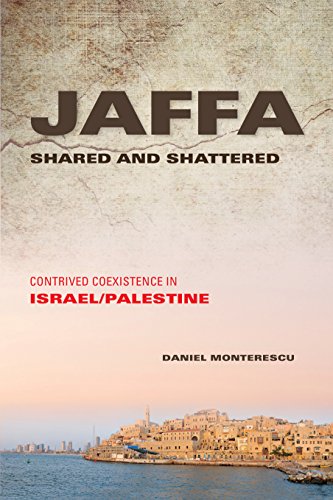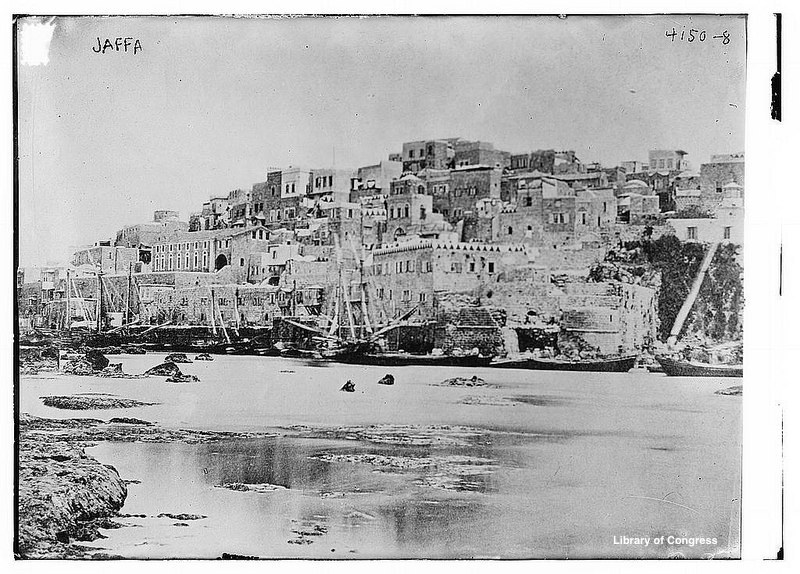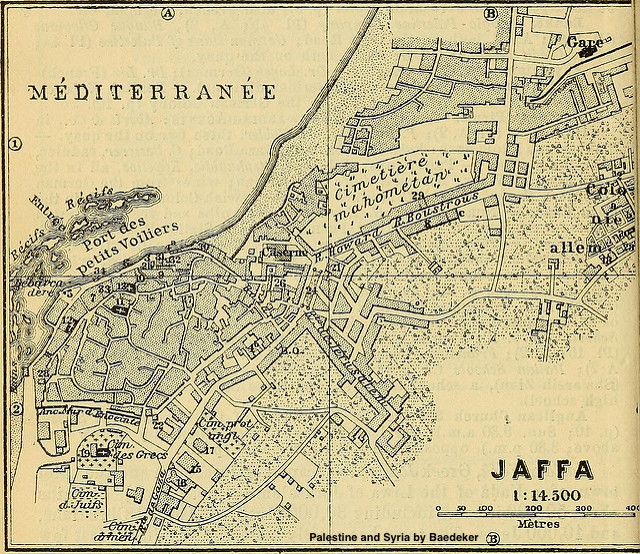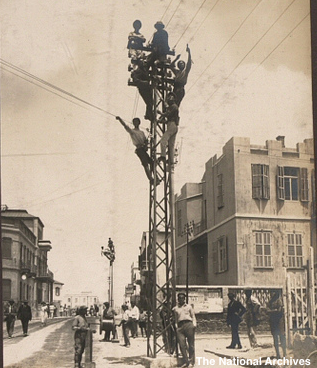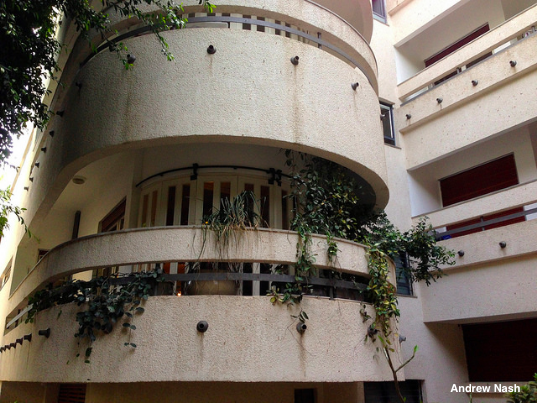This third video below is also a Haddadi but a version more haunting by the great Salman Al Amari. He is one of the most well known Kuwaiti Sawt singers (a Kuwaiti town based music as opposed to desert or sea) and also a preserver and performer of Bahri music.
The musical cycle begins with the Nahham (the main singer, in this case Salman AlAmari) singing the Ijrihan (widely thought to be from the word jarh: Pain/ache) which is a solo expressing longing. The rest of the men acting as choir will start to respond vocally, without instruments, at the end of this part of the song. Then the instruments enter in the section called the tanzila.
In this following video you can clearly see the instruments used, some of which may seem like odd household objects, as is the case with the ijhala (water jug seen in minute 3:00) and the Hawin (Garlic beater seen in minute 4:13). These are the objects carried on boats that serve both a musical and functional purpose and also, unlike the Oud (lute), will survive the wet, salty, rough conditions at sea. The other typical instruments are the larger horizontal drum (Tabl Bahri) and the smaller hand held drum (Mirwas).
When the song moves into the third section which is the Nehma the choir hums while the Nahham sings or wails above it. This part also includes the dancing, as a circle is formed and the choir clap and hit the ground and a dancer jumps in possibly in the slippery fashion a fish might.
And now, enjoy:

























